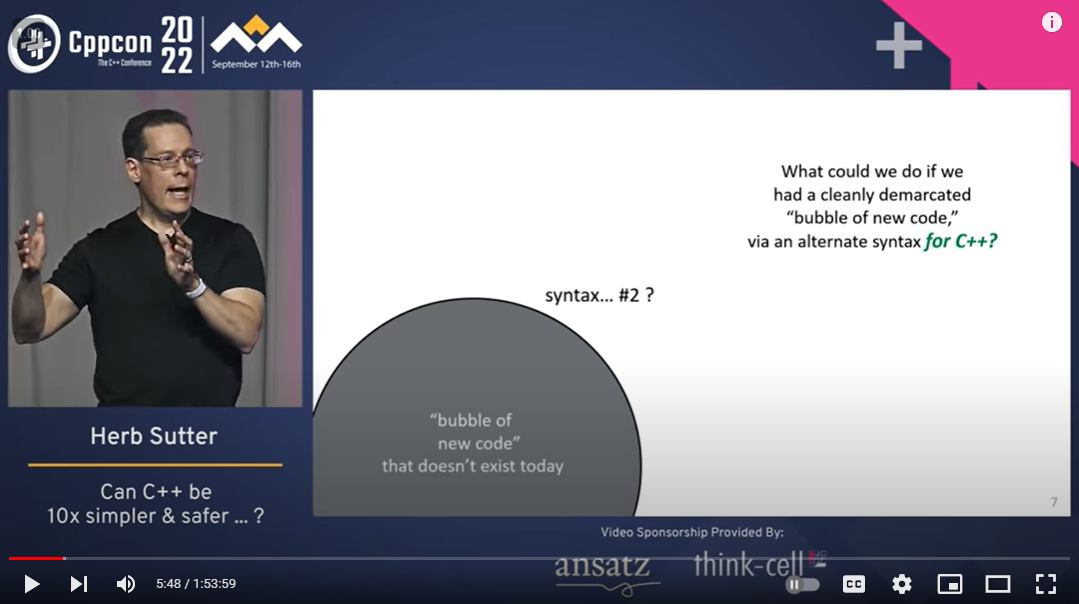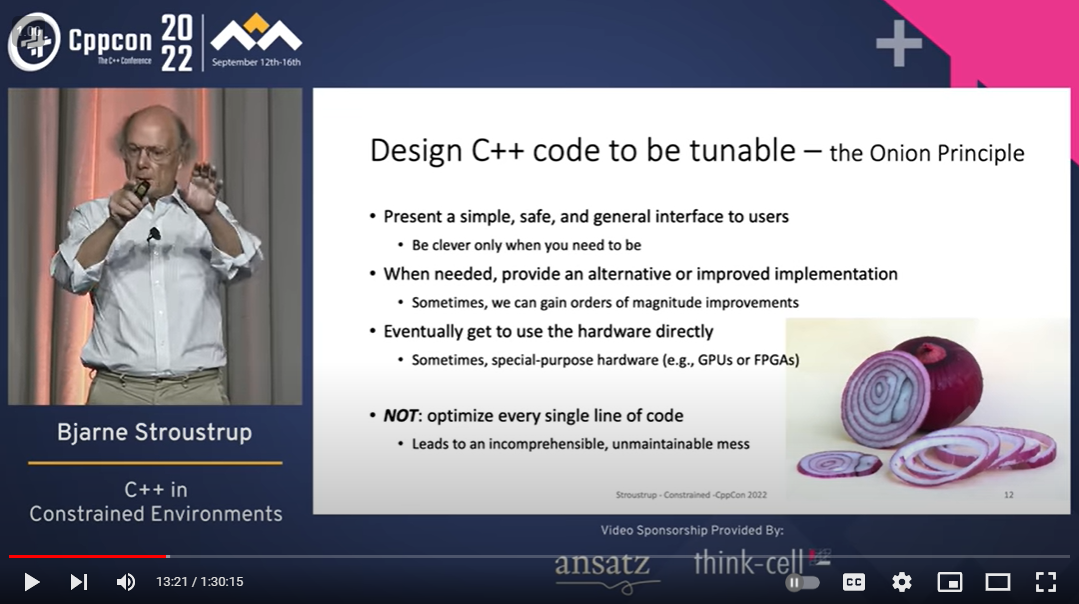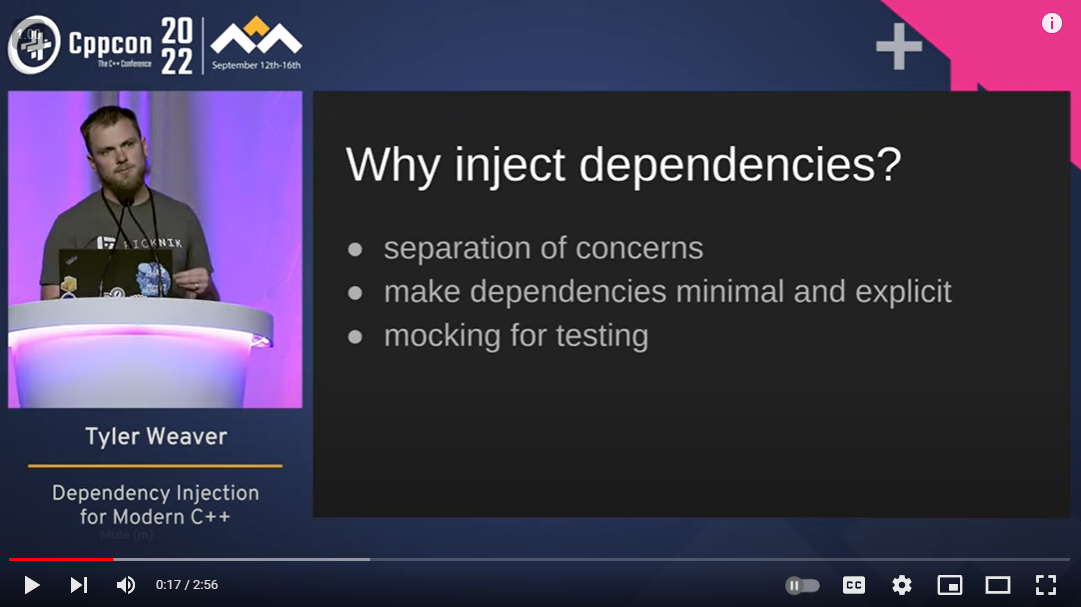CppCon 2022 Can C++ be 10x Simpler > Safer? -- Herb Sutter
 Registration is now open for CppCon 2023! The conference starts on October 1 and will be held in person in Aurora, CO. To whet your appetite for this year’s conference, we’re posting videos of some of the top-rated talks from last year's conference. Here’s another CppCon talk video we hope you will enjoy – and why not register today for CppCon 2023!
Registration is now open for CppCon 2023! The conference starts on October 1 and will be held in person in Aurora, CO. To whet your appetite for this year’s conference, we’re posting videos of some of the top-rated talks from last year's conference. Here’s another CppCon talk video we hope you will enjoy – and why not register today for CppCon 2023!
Can C++ be 10x Simpler & Safer? (Simplifying C++ #9 of N)
by Herb Sutter
Summary of the talk:
Since CppCon 2015, all of Herb’s talks have been about ways to evolve C++ to make it simpler, safer, and more toolable. Every release of ISO C++ has already been making regular incremental “10%” improvements in these areas. But what are the fundamental factors that limit our rate of improvement, and what would it take to make greater progress? Like every year, Herb’s talk will explore selected current pain points and describe experimental ideas to address them that might someday contribute toward C++’s long-term evolution.

 Event-driven applications, such as GUIs or servers, often apply the architecture pattern Reactor. A Reactor can accept multiple requests simultaneously and distribute them to different handlers.
Event-driven applications, such as GUIs or servers, often apply the architecture pattern Reactor. A Reactor can accept multiple requests simultaneously and distribute them to different handlers. Registration is now open for CppCon 2023! The conference starts on October 1 and will be held
Registration is now open for CppCon 2023! The conference starts on October 1 and will be held  Last time I showed a couple of questions about initialization. Try them
Last time I showed a couple of questions about initialization. Try them  Registration is now open for CppCon 2023! The conference starts on October 1 and will be held
Registration is now open for CppCon 2023! The conference starts on October 1 and will be held  During the construction of an XML file when you write an element, it is obvious that the last thing that you do is to write the closing tag. By obvious we mean: writing it down adds no new information (there is no other possible final instruction for this task), and it would be a bug if this instruction wasn’t there.
During the construction of an XML file when you write an element, it is obvious that the last thing that you do is to write the closing tag. By obvious we mean: writing it down adds no new information (there is no other possible final instruction for this task), and it would be a bug if this instruction wasn’t there. In a previous
In a previous  Registration is now open for CppCon 2023! The conference starts on October 1 and will be held
Registration is now open for CppCon 2023! The conference starts on October 1 and will be held